Brianna Lummerding
Career Profiles
Agronomic Innovation Manager
Zoë Ehlert (Video)
Career Profiles
Manager, Marker Assisted Breeding
Zoë Ehlert
Career Profiles
Manager, Marker Assisted Breeding
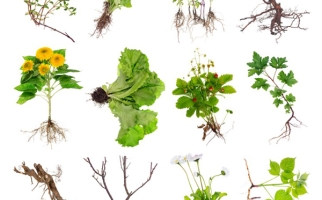
Parts of a Plant
Backgrounders
What are the main parts of plants and what functions do these parts serve for plants?
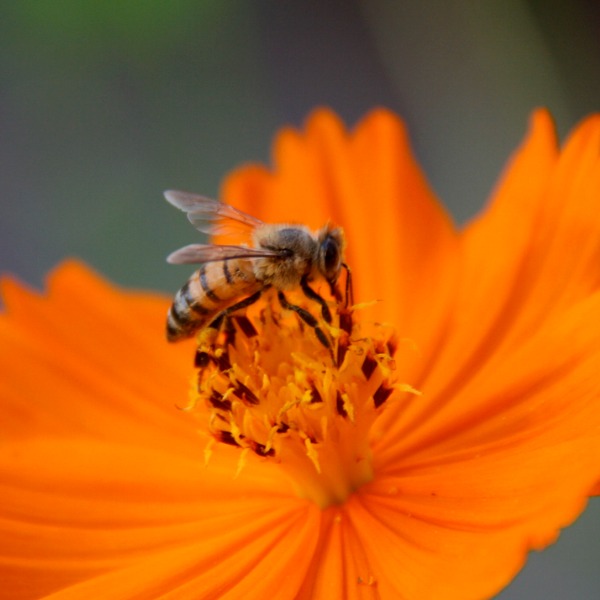
Can you artificially pollinate a flower?
Hands-on Activities
Design and build an artificial pollinator.
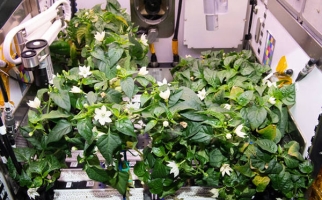
Tropisms in Plants
Backgrounders
Learn about the different ways that plants move in response to their environments.
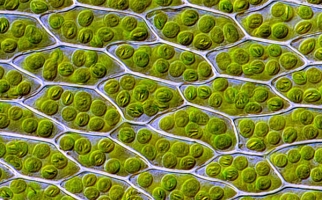
Specialized Cells of the Leaf System
Backgrounders
Learn about the structure and function of the cells in leaves.
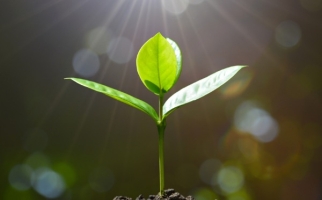
Light & Plants
Backgrounders
Learn about the process of photosynthesis and how it is affected by light levels.
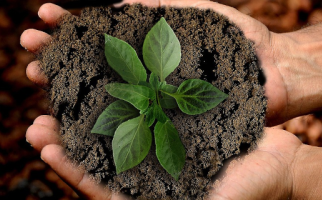
Experiment with plants!
STEM Explained
List of hand-on activities connected to plants
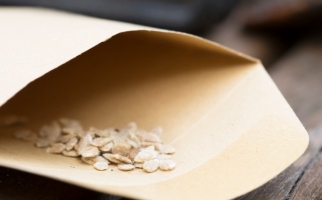
Seeds and Germination
Backgrounders
Learn what’s inside a tomato seed, how it travels, and all the things it needs to germinate and grow.
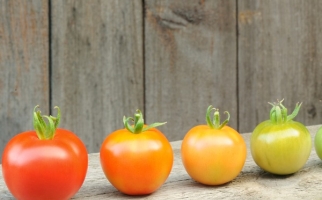
The Life Cycle of a Tomato Plant
Backgrounders
Learn about the pollination, fertilization, germination and growth of tomato plants.
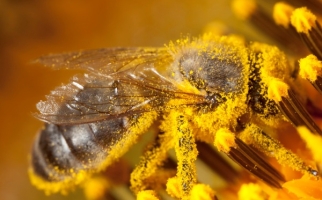
Pollinators are Important!
STEM Explained
Insects and other animals that are pollinators of plants play an important role in ecosystems.

How Do Trees Survive in Winter?
STEM Explained
What adaptations and processes do trees in northern climates have to survive winter?
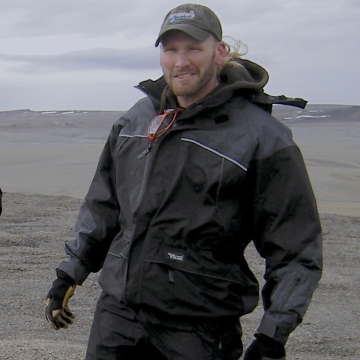
Thomas Graham
Career Profiles
Research Scientist, Space Farming
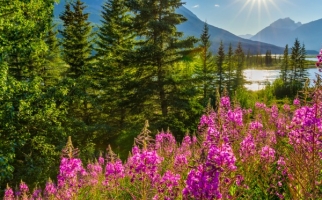
Plant Taxonomy
Backgrounders
Learn about the categories, or phylum, of the plant kingdom with examples from each.